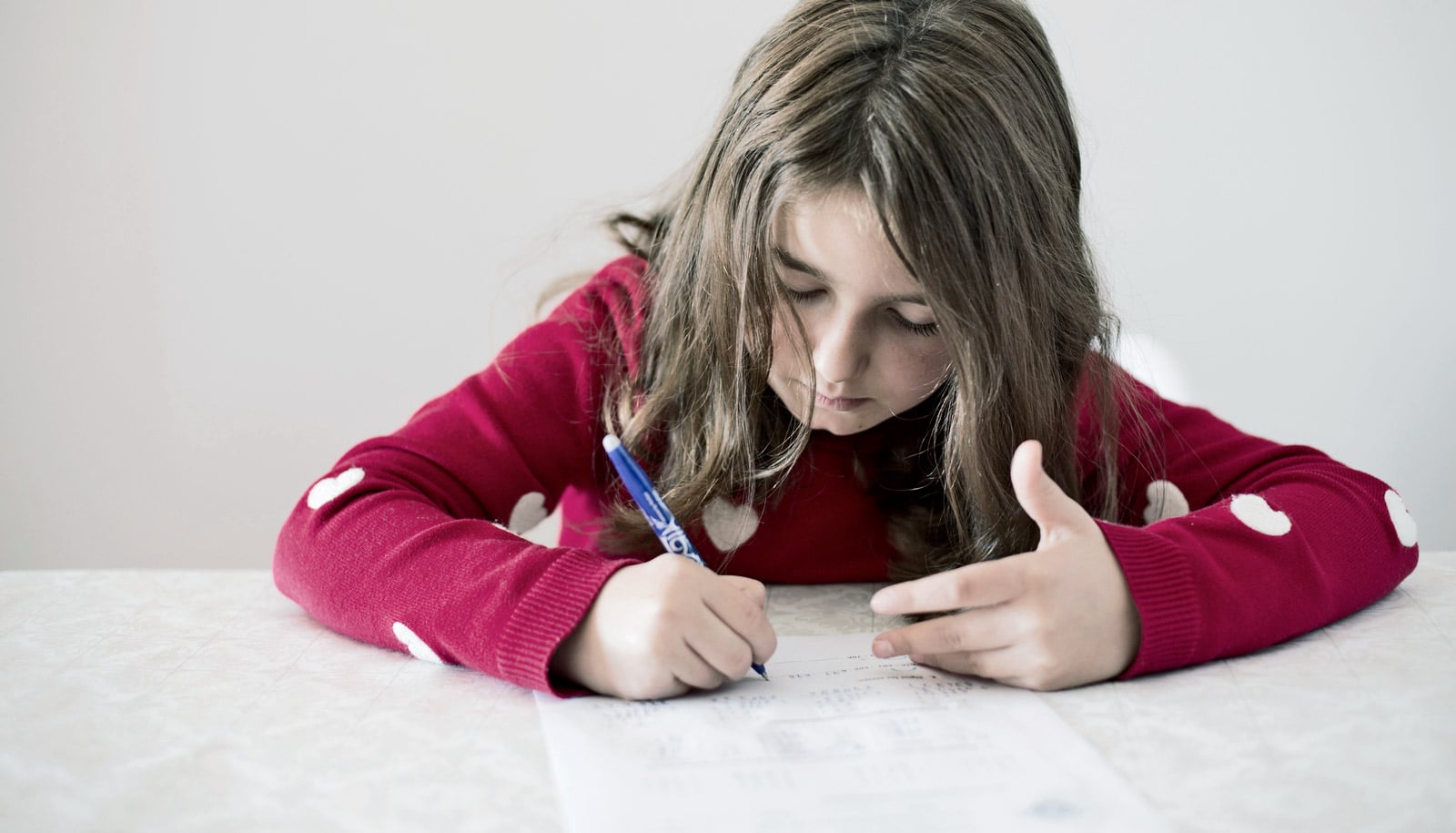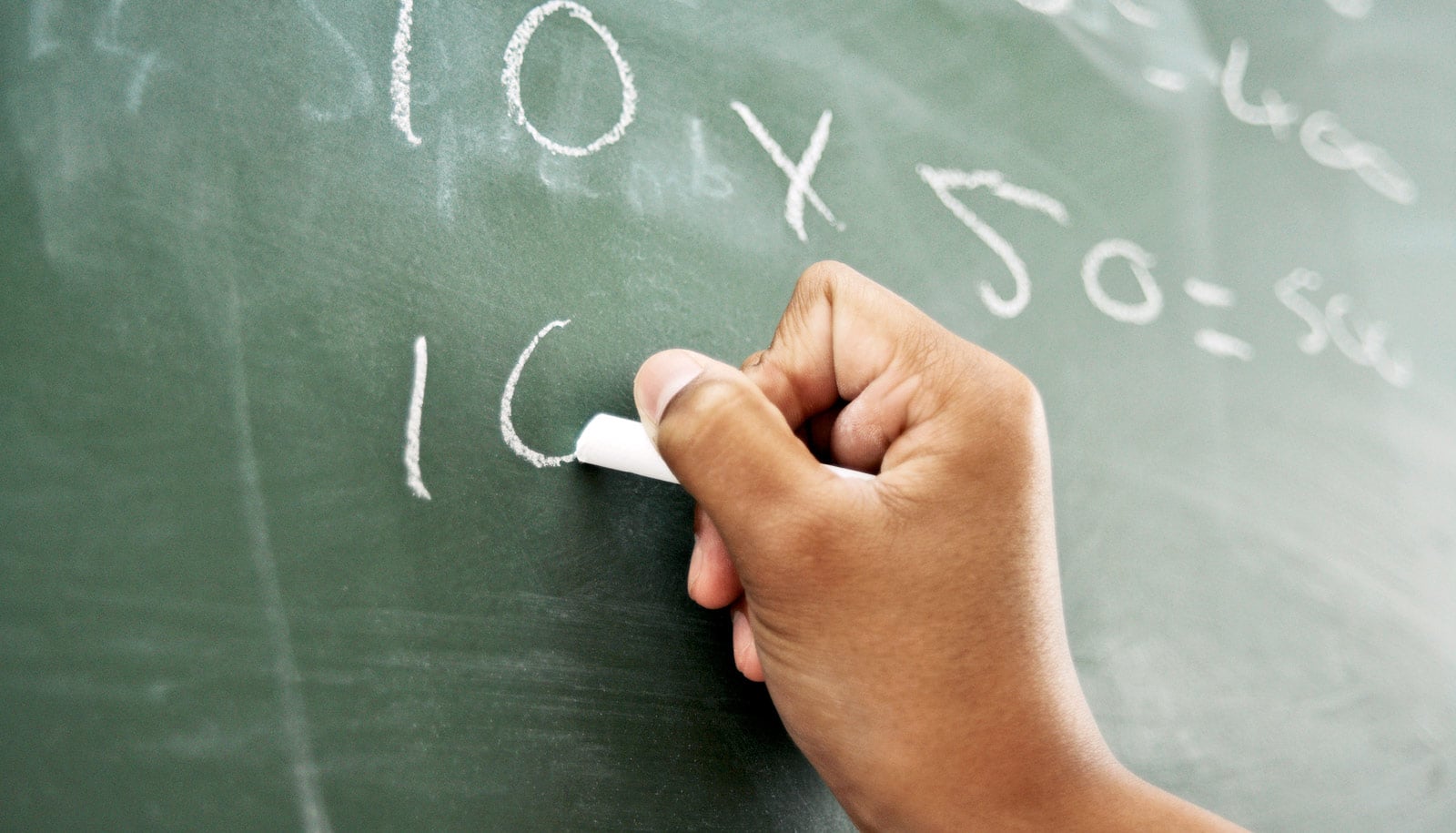‘Flipped’ teaching may increase student comprehension of math concepts and offer teachers a way to enhance their teaching skills, according to a new study. It could also help support parent participation in the learning process.
Flipped instruction, a technique in which teachers send students home with information typically given in lectures and save class time for discussion, is becoming more popular in classrooms.
Corey Webel, an associate professor in the College of Education and the Director of the Elementary Mathematics Specialist Certification program at the University of Missouri, studied a fifth grade teacher’s implementation of flipped instruction with mathematics over the course of a school year.
“Flipping a classroom can be an opportunity for teachers to be creative in how they check in with students and plan for responding to their thinking…”
Students watched videos and other lecture material at home and had discussion and work time in class. The videos included questions to prompt student attention and help troubleshoot concepts that needed more work. This helped the teacher be more attuned to student challenges and monitor class progress, Webel says.
“Flipping a classroom can be an opportunity for teachers to be creative in how they check in with students and plan for responding to their thinking. For example, a teacher might notice the class is having trouble understanding a certain math concept, and he or she can spend more time working with the class on it.”
Further, sending learning material, particularly videos, home with children can help parents understand unfamiliar methods for solving math problems and provide better assistance to their child, Webel says.
“Many parents have difficulties helping their child with math homework because the instructional approaches might have changed since they were in school. But when they have access to the same videos and tutorials as their child, they can learn alongside them and provide better help at home.”
Webel suggests that teachers considering flipped instruction think through specific strategies they can implement to help their students, such as embedding assessment questions in their video tutorials. Teachers also can explore trainings and certifications, such as Elementary Mathematics Specialist training that can teach them new skills and might provide more confidence for trying a flipped classroom setting.
The research appears in Teaching and Teacher Education. Additional coauthors are from the University of Missouri and the University of Northern Iowa. The National Science Foundation funded the research. The opinions of the authors do not necessarily reflect the position, policy, or endorsement of the funding agency.
Source: University of Missouri



